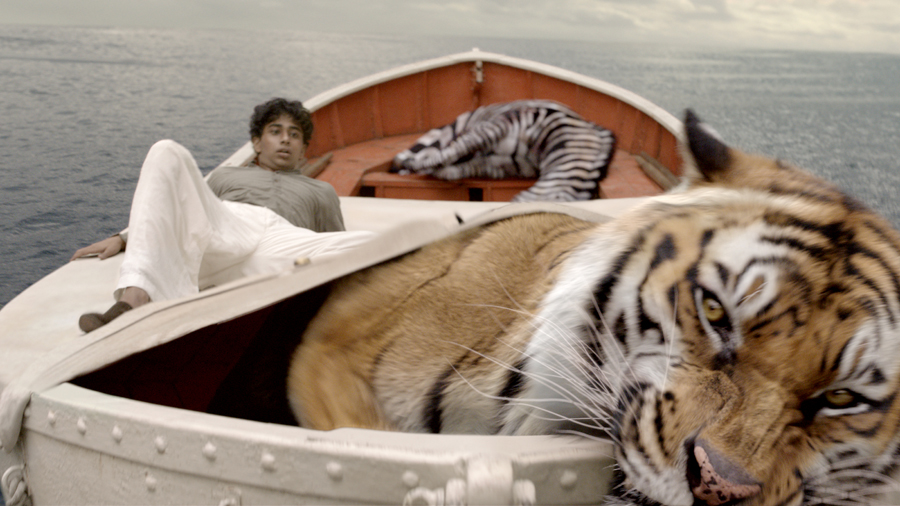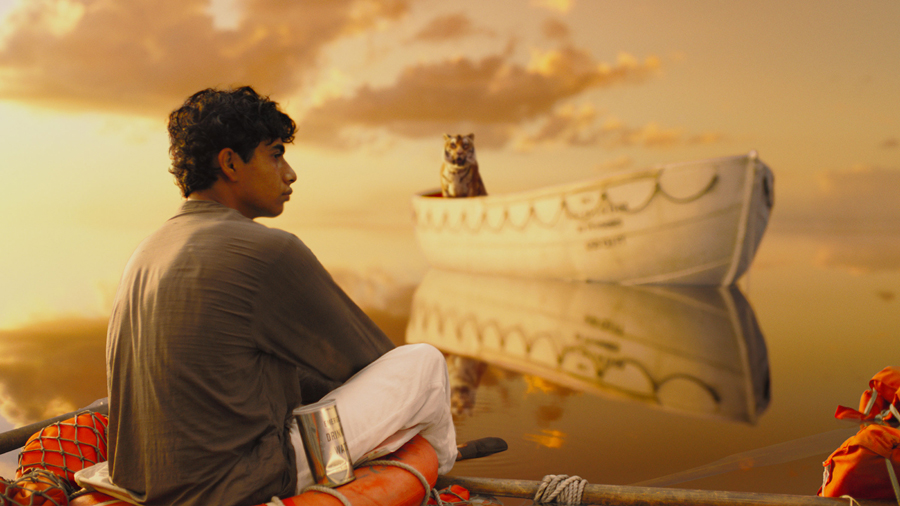How Life of Pi made 3D work
Filmmakers can make 3D hurt you

After James Cameron crammed the spectacular world of Pandora into our eyeballs in 3D with Avatar, Hollywood has been falling over itself making films in three dimensions.
The results have been a little hit and miss, with 3D ticket sales plummeting in the US, and pundits like Danny Boyle and Christopher Nolan claiming the format is less than spectacular.
According to Bill Westenhofer, who won the Academy Award for visual effects at this year's Oscars for his work on Life of Pi, the trick with 3D is to make it a crucial part of the entire filmmaking process.
"I'm going to be honest about something - I was not a 3D fan going into this film," Westenhofer tells TechRadar in a decidedly 2D Skype interview.
"I loved Avatar, but much like you were implying, there are a lot of films that I didn't need to see in 3D, 2D was fine."
As a visual artist tasked not only with creating a virtual tiger that plays a crucial part in the film, but doing it in 3D, Westenhofer is well placed to describe the challenges of working in the 3D format.
Needless to say, the extra dimension adds a lot of extra work.
Get daily insight, inspiration and deals in your inbox
Sign up for breaking news, reviews, opinion, top tech deals, and more.
"3D is hard, especially for visual effects, there's a lot of things that are significantly harder to do. Compositing, for example," he explains.
The crucial element, according to Westenhofer, and the thing that made Life of Pi successful in 3D where so many other movies failed, was the vision shown by director Ang Lee.
"I complained along the way as we were doing it, but what set this apart was [that] the film was conceived from the get go as a 3D movie. Ang took a lot of time to study 3D, he wanted to put his own mark on it, he wanted to tell a drama with 3D, and he conceived the sequences, thinking about how 3D would tell the story better," he says.
Death by a thousand cuts

According to Westenhofer, the big thing that many filmmakers fail to understand is that a lot of the filmmaking techniques employed in 2D films don't necessarily translate to 3D.
"A good example of [Ang's approach] is that most modern films have about 2000 cuts in a two hour run time. Life of Pi has only 960," he explains.
This approach leads to longer scenes, which allows viewers to immerse themselves in a scene rather than trying to take in a lot of information quickly.
"There are a lot of really long scenes Ang lets you absorb. 3D is something that you can take more time to absorb a frame. There were no gimmicks - we weren't trying to constantly throw things at the screen. We just wanted to have a comfortable representation," he admits.
Bringing the pain
There are plenty of people who find 3D a painful experience to watch, whether it's because they can't physically interpret 3D or due to some for of binocular dysphoria. But Westenhofer claims that for a filmmaker, part of making 3D work involves thinking about the viewing experience on the big screen.
"Right now for you to make 3D film you have to actually think about the largest projection," he explains, "because the the one thing that falls apart [for 3D] is something called the vergence, which stops in the far distance."
Vergence refers to how your eyes focus on objects. If an object is close, your eyes converge, rotating towards eachother to allow you to see the object clearly.
If an object is further away, it diverges, generally until the point that your eyes are looking straight ahead.
Because 3D movies are essentially tricking your brain into seeing three dimensions though, it's possible for filmmakers to make your eyes diverge even further in order to try and focus on an object.
"If [the vergence] is wider apart that the width of your eyes, your eyes are going to bend outwards to fuse the two [different images], and it hurts. We learned pretty quickly during effects daily viewing sessions that you could hurt someone. If there's a mis-render in one of the eyes, everyone's ripping their glasses off," Westenhofer explains.